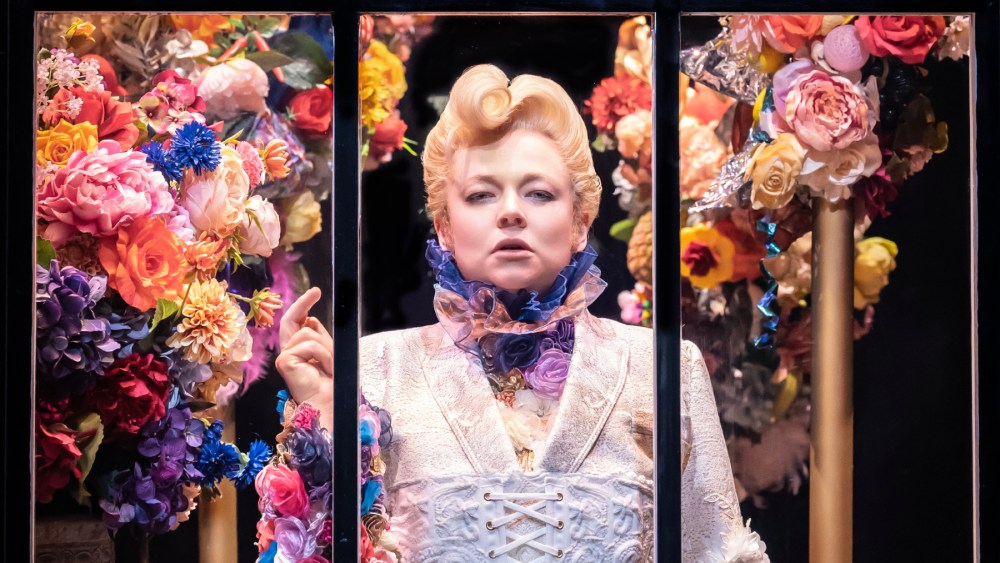Analysis of Kip Williams’ Broadway Adaptation of ‘The Picture of Dorian Gray’
Production Overview
Kip Williams’ latest adaptation of Oscar Wilde’s classic, ‘The Picture of Dorian Gray,’ features acclaimed actress Sarah Snook in a multi-faceted role encompassing all the characters. The production utilizes advanced technology, with extensive use of video and real-time camera work to amplify Snook’s performance.
Technical Aspects and Thematic Exploration
Set against a backdrop of modern technology, the show integrates video feeds that frequently feature Snook both live and pre-recorded. However, the adaptation falls short in its thematic exploration of technology, reducing complex ideas about vanity to mere surface-level observations. The production hints at a relationship between technology and self-image but fails to engage with the rich critique of hedonism present in Wilde’s original work.
A Shift in Tone and Style
While maintaining a general adherence to the narrative, this revival diverges significantly by adopting a comedic tone, transforming what was intended as a gothic exploration into a light-hearted romp. Snook’s portrayal leans toward caricature, straying from the depth and nuance that Wilde infused into his characters.
The narrative’s temporal setting is also ambiguous, with elements suggesting a late nineteenth-century design juxtaposed against modern references, such as the use of an iPhone, which detracts from clarity and consistency in storytelling.
Characters and Casting Choices
The visual and vocal aspects of Snook’s performance create challenges in conveying the character of Dorian Gray as a figure of allure and attraction. The essential sexual magnetism that defines Dorian in Wilde’s narrative is notably absent in this production, impacting the portrayal of key relationships among the characters.
Impact on Themes of Queerness
Williams’ adaptation sidesteps many of the queer undertones inherent in Wilde’s work. Several notable passages that addressed the queer relationships among characters have been omitted or altered, which lightens the narrative’s sexual and emotional stakes. The production’s representation of queerness is further diluted by unnecessary comedic elements that overshadow the core themes of the original text.
Use of Technology and Performance Format
The reliance on technological elements, including pre-recorded footage, raises questions about the necessity of a one-person format. While this approach has logistical advantages, the audience misses the authentic experience of live theatre, leading to feelings of disengagement.
Conclusion
In summary, while Kip Williams’ adaptation of ‘The Picture of Dorian Gray’ presents a unique interpretation with its heavy technological influences and comedic slant, it ultimately deviates from Wilde’s core themes. The production presents vanity as a central concept but fails to delve deeper into its implications, making it more an empty spectacle than a profound exploration of identity and morality.

